M
Leave a Legacy of Giving
You can support our mission of changing lives by saving sight in multiple ways!
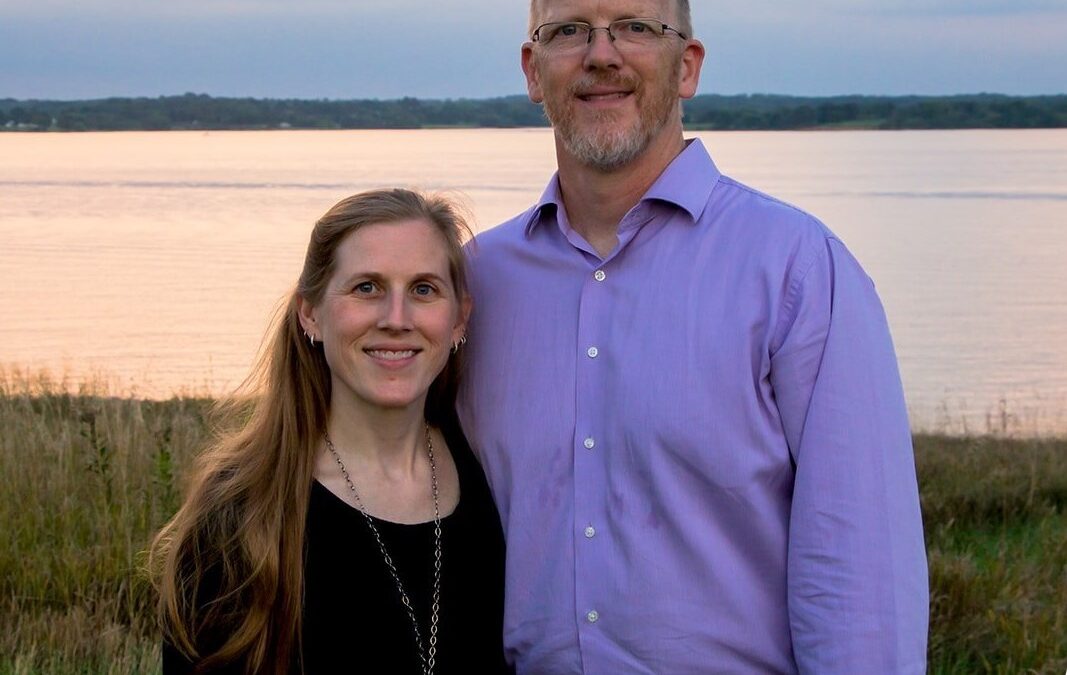
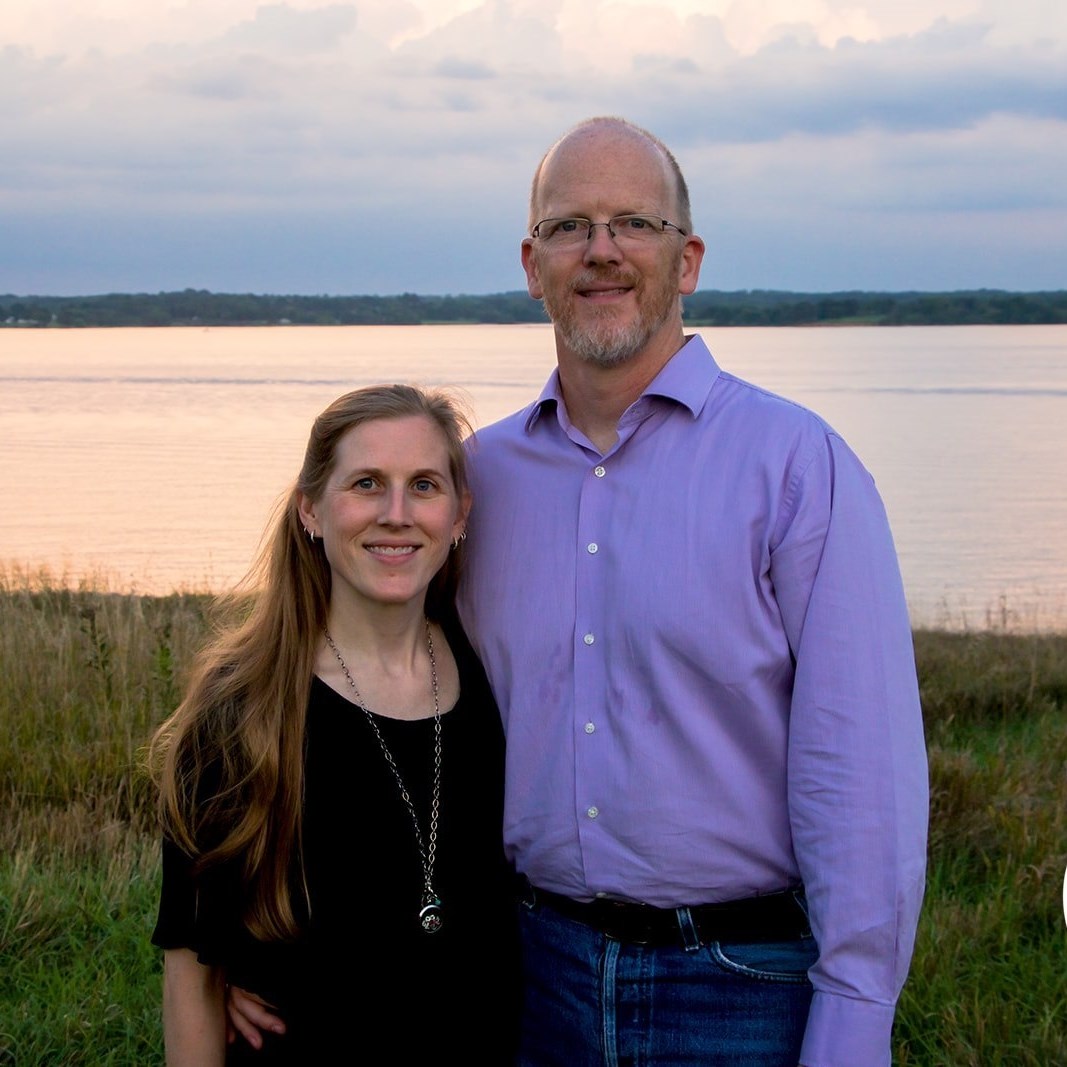
Scott pictured with his wife
Scott’s journey to restored vision began on a farm in central Kansas when he was 19. After unloading grain from storage bins, Scott noticed that his left eye had swollen shut. Scott eventually found his way to Dr. Bruce Grene in Wichita, Kansas where he was treated for bacterial infections, which offered some improvements. Shortly after that Scott was diagnosed with Acanthamoeba Keratitis, a rare infection of the eye. After the infection was treated Scott received his first cornea transplant. The surgery went smoothly, and Scott regained his vision, which remained stable for the next 20 years. Scott was on a tennis scholarship when he received his first cornea transplant, and he said, “The experience of going from playing sports to facing the uncertainty of vision loss had been nothing short of a rollercoaster ride.” Scott was able to see 20/20 uncorrected out of his left eye for nearly 20 years and for a few years after, his vision was corrected by glasses. Since the transplant, many of his optometrists have enjoyed the opportunity to work with his unique circumstances.
Life took an unexpected turn when Scott was involved in a car accident in January of 2023 that resulted in damage to the cornea, lens, and iris of his left eye. This accident led to an emergency cornea transplant performed by Dr. Farhat and his team in Kansas City. Scott praised the expertise of both Dr. Bruce Grene in Wichita and Dr. Farhat in Kansas City, highlighting the crucial roles they played in his journey to sight restoration, many years apart.
Scott’s story not only underscores the enduring human spirit but also the importance of organ, eye, and tissue donation. Scott emphasized the significance of having tissues readily available, contrasting the past when waiting was the norm and he expressed gratitude for the advances in medical science that allow him and countless others to see again.
“I have been the lucky one to have lost vision to both disease and trauma. I have also been fortunate enough to have had it restored via a transplant, and the prognosis is good that we will soon have it returned as I continue to heal from my second,” says Scott. Scott’s story highlights the impact of organ and tissue donation on saving lives and providing hope to individuals facing vision loss. As his journey continues, Scott remains an inspiring example of resilience.
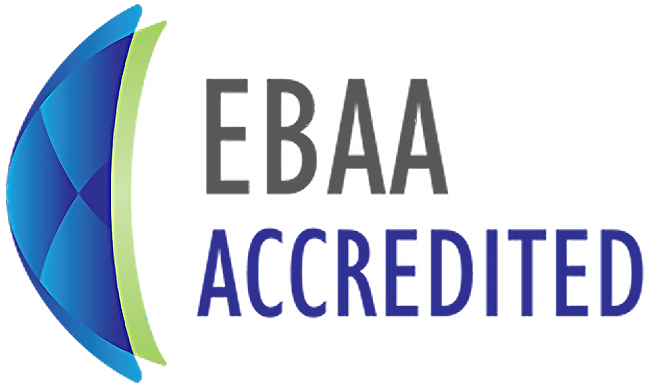
 Established in 1981, the EBAA (Eye Bank Association of America) Accreditation is an important benchmark for excellence within the world of eye banking. This accreditation holds the seal of approval from several reputable federal agencies, including the FDA and CDC, signifying its importance in the field. EBAA Accreditation ensures the consistent safety and quality of ocular tissue by enforcing adherence to meticulously outlined medical standards, which are endorsed by the American Academy of Ophthalmology. It is a testament to an eye bank’s commitment to upholding the highest standards.
Established in 1981, the EBAA (Eye Bank Association of America) Accreditation is an important benchmark for excellence within the world of eye banking. This accreditation holds the seal of approval from several reputable federal agencies, including the FDA and CDC, signifying its importance in the field. EBAA Accreditation ensures the consistent safety and quality of ocular tissue by enforcing adherence to meticulously outlined medical standards, which are endorsed by the American Academy of Ophthalmology. It is a testament to an eye bank’s commitment to upholding the highest standards.
The accreditation process is meticulous and entails a comprehensive review of various aspects of eye bank operations, policies, and personnel. A distinctive feature of EBAA Accreditation is the involvement of a dedicated team comprising an experienced eye banker and a corneal surgeon. This team undertakes site visits every three years, evaluating donor records, standard operating procedures, tissue documentation, and administrative records. They observe tissue recovery and processing techniques, thus ensuring a comprehensive evaluation of the eye bank’s practices.
The inspection results are presented before the EBAA’s Accreditation Board, a group of seasoned professionals within the field. Their deliberations determine whether an eye bank earns accreditation, requires corrective action, or faces potential revocation of status. This rigorous evaluation underscores the significance of the EBAA Accreditation as an emblem of excellence, which directly impacts the safety and quality of the ocular tissues utilized in transplantation surgeries.
EBAA Accreditation signifies a commitment to safety and quality and an unwavering dedication to the well-being of patients. It establishes a standard of excellence that fortifies confidence among medical professionals and patients alike. By fostering consistent adherence to the highest medical standards, the accreditation program ensures the preservation of ocular tissue quality, elevating the pursuit of restoring vision through transplantation.
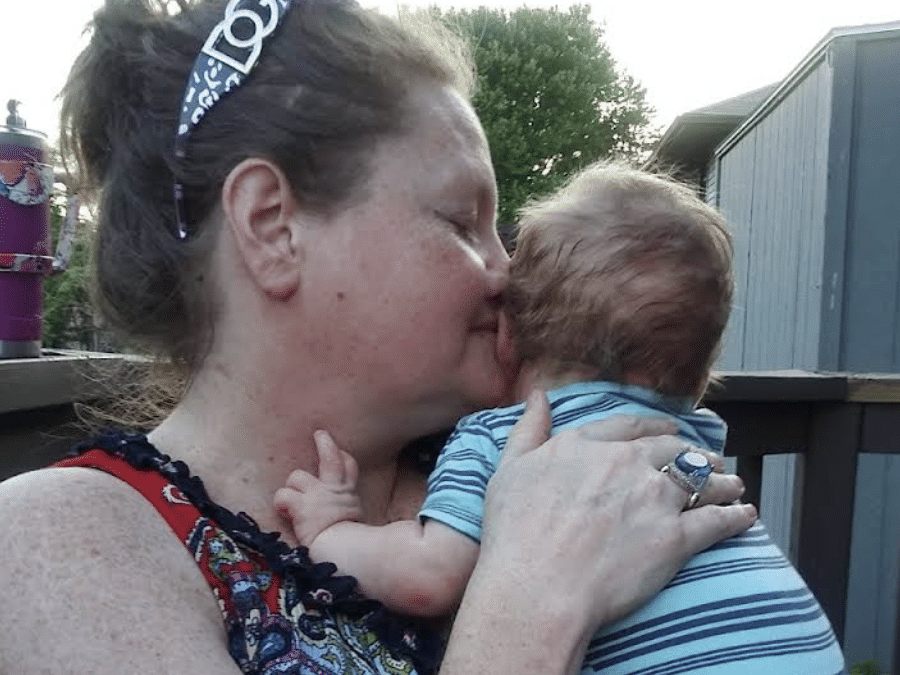
“I wanted to make sure that the transplant would be a success,” said Karie. “I took it very seriously. I didn’t want to take someone’s cornea and have it not work.”
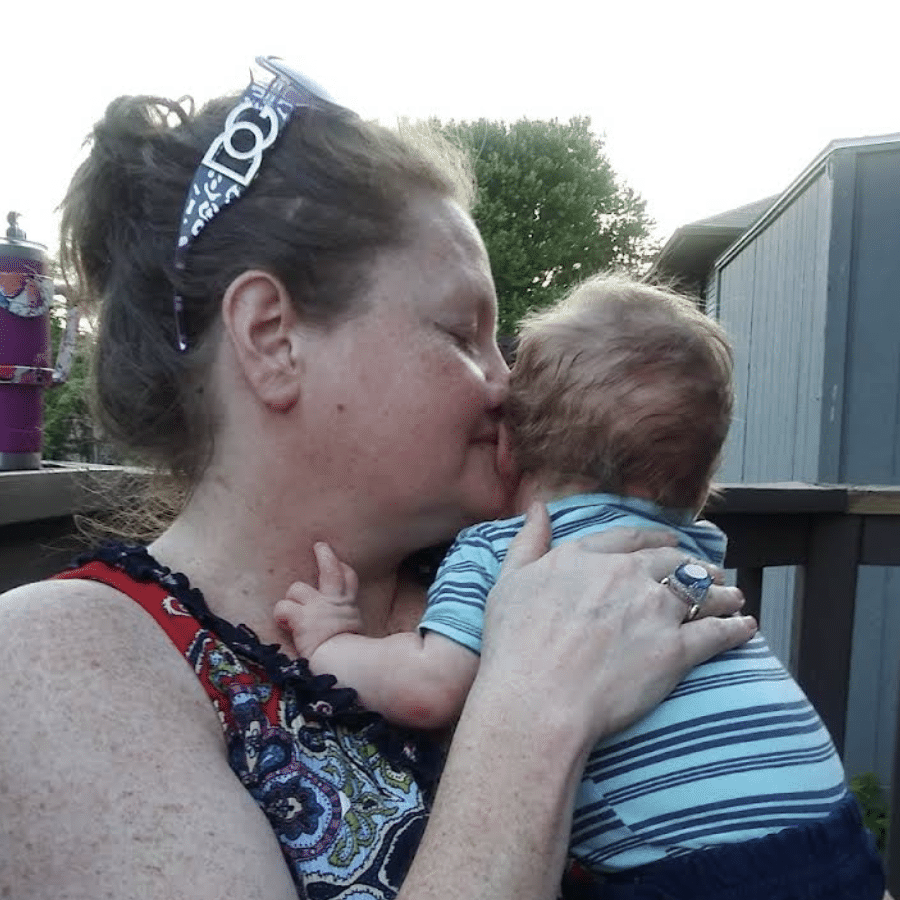
Regained sight has brought so many opportunities for Karie to celebrate with her growing family.
In December 2022, Karie received the gift of a corneal transplant. She recognizes the ultimate gift that was made by a donor had special meaning for her.
“I know that it has to be very hard to lose a family member at all, especially at the holiday,” said Karie. “I would like to do something in this person’s honor. Go somewhere, see something, eat something they liked, or do something they did.”
Post-transplant, Karie’s experienced so many improvements in her sight and quality of life. She is growing closer to driving again and now very infrequently uses a mobility cane for assistance.
“I could see some kinds of shapes and colors, but I could never really figure out what it was,” said Karie. “Now I have peripheral vision again, and they think I may be back to eventually to 20/20 vision.”
Perhaps most importantly, Karie is looking forward to seeing the face of her first-born grandchild this November. Clear vision to see his face and enjoy the sights of a newborn will be priceless for Karie and her family.
In 1960, Saving Sight began restoring sight through charitable vision programs, matching the needs of local communities with a spirit of giving. While our program delivery has changed throughout that history, our legacy of giving continues to grow through our mission partners.
In 2021, Saving Sight’s board of directors established a board-designated quasi-endowment fund to support grants given to charitable organizations with a similar mission. During the first round of funding in 2021, three organizations were invited to apply: KidSight, Mid-South Lions Sight and Hearing Service, Inc., and the ShowMe Eyeglass Recycling Program. Each group received funding from Saving Sight to expand their services and impact in the community.
KidSight, a program with a historical tie to Saving Sight, received the most funding, utilizing a $35,000 gift for general operating support to screen over 39,000 Missouri children for potential vision disorders. Of those children screened, 3,500 were identified to be at risk for problems like amblyopia. As part of their essential work, the KidSight team has established an enhanced follow-up process, helping families seek vision care for children as necessary.
Saving Sight also granted $15,000 in funding to the ShowMe Eyeglass Recycling Program, a nonprofit run by the Lions Clubs of District 26 M-7. This Missouri-based program serves as a collection point for recycled eyeglasses that are then read and sorted for use in medical mission trips worldwide. With grant funding, the group purchased two lensometers to read eyeglass prescriptions, a crucial part of preparing the donated glasses to go abroad. The Lions estimate that with this equipment purchase, they were able to serve 25,000 additional people worldwide.
Finally, Saving Sight granted $10,000 in funding to Mid-South Lions Sight and Hearing Services, a nonprofit out of Tennessee that provides medical services for needy vision-impaired people in our region. With funding from Saving Sight, the organization provided direct care to 16 patients from Missouri for various eye care and surgical costs. Upon reviewing reports from these three organizations, Saving Sight’s board of directors voted to renew grants in June 2023, adding one additional nonprofit to the mix. The following grants were made at the end of this fiscal year:
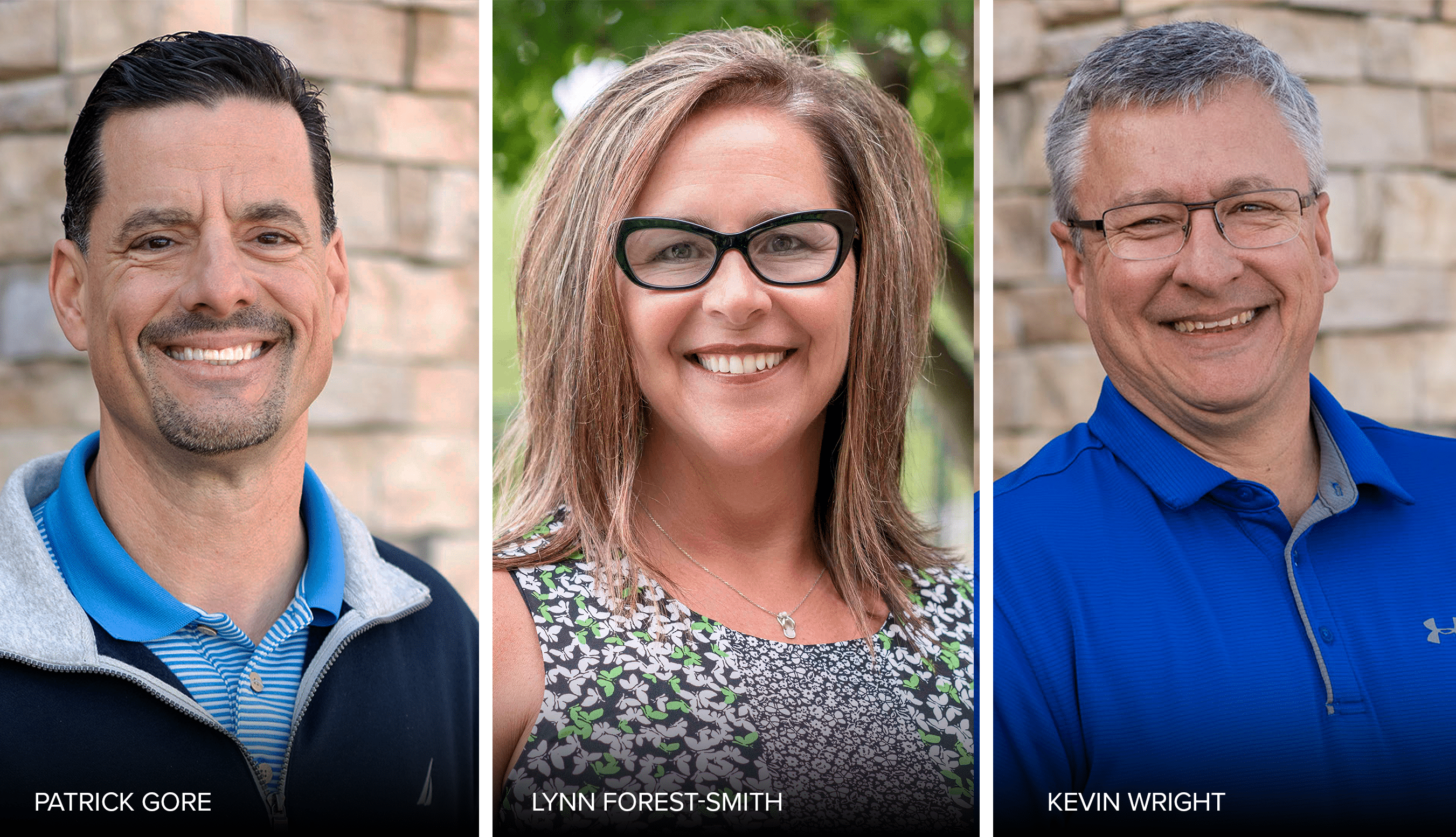 At Saving Sight, the Business Development Department is responsible for driving growth and creating new business opportunities for the organization. With its focus on both existing and new customers, the department plays a vital role in expanding the organization’s reach and impact in the field of cornea donation and transplantation. The department’s responsibilities include building and maintaining strong relationships with surgeons and stakeholders, identifying growth potential with existing customers, and recruiting new surgeons. By prioritizing both the acquisition and retention of surgeons, the team ensures a steady stream of business and works towards Saving Sight’s mission of changing lives by saving sight.
At Saving Sight, the Business Development Department is responsible for driving growth and creating new business opportunities for the organization. With its focus on both existing and new customers, the department plays a vital role in expanding the organization’s reach and impact in the field of cornea donation and transplantation. The department’s responsibilities include building and maintaining strong relationships with surgeons and stakeholders, identifying growth potential with existing customers, and recruiting new surgeons. By prioritizing both the acquisition and retention of surgeons, the team ensures a steady stream of business and works towards Saving Sight’s mission of changing lives by saving sight.
The Business Development Department consists of three members: Patrick Gore, Lynn Forest-Smith, and Kevin Wright. They work collaboratively to develop working relationships with surgeons, analyze business opportunities, conduct market research, and provide training and education to physicians, technicians, and support staff. In addition, they actively engage with university programs to foster strong relationships and participate in industry conferences to stay updated on innovation and best practices.
The team spends time visiting physicians, attending meetings, and conducting research to ensure they are well-prepared for discussions with doctors. Education is also a significant aspect of their work, as they stay informed about advancements in ophthalmology to better support their physician partners. The work of the Business Development Department is crucial to the success of Saving Sight. By serving as effective liaisons between the organization and its external stakeholders, they ensure collaboration and build lasting relationships with surgeons. Their role requires innovation and adaptability to stay relevant and competitive in a constantly changing market
Looking ahead, the department is excited about upcoming projects and events that aim to meet customer needs and further the organization’s mission. One notable project is the development of a Continuing Education (CE) program for nurses and surgery center staff. This online program will provide CE credits and simplify the process for staff to fulfill their educational requirements, elevating Saving Sight to new heights in eye banking.
Overall, the Business Development Department plays a vital role in driving growth and creating opportunities for both Saving Sight and Vital Tears. Through their dedicated efforts, they establish and nurture relationships with surgeons, identify new business avenues, and ensure the organization remains competitive and impactful in the field of cornea donation and transplantation.
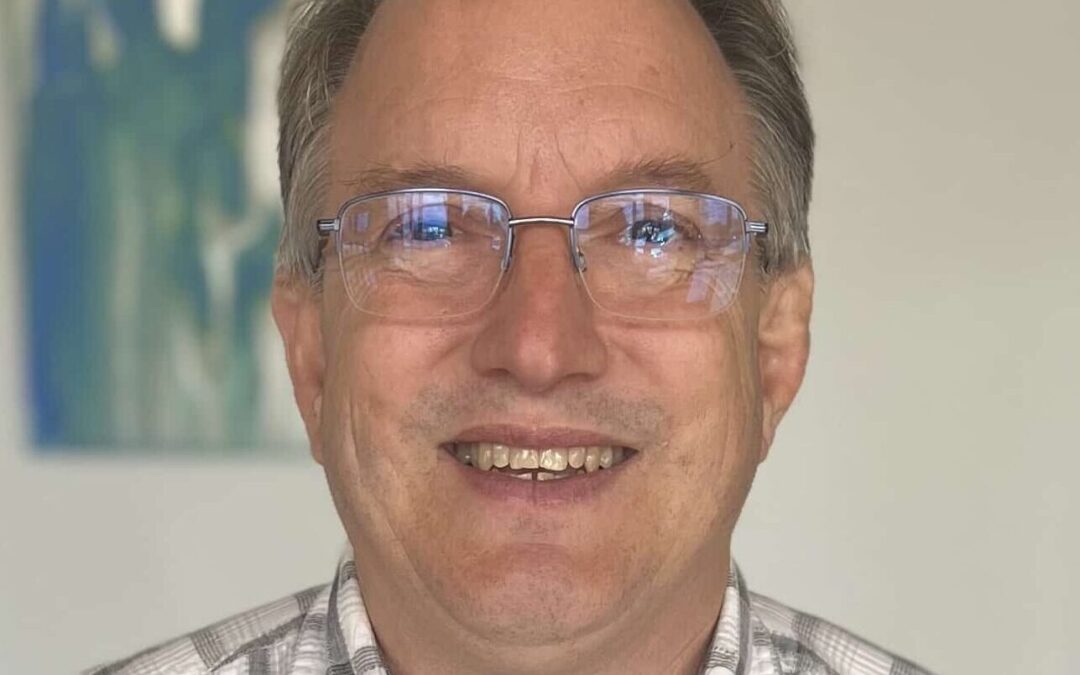
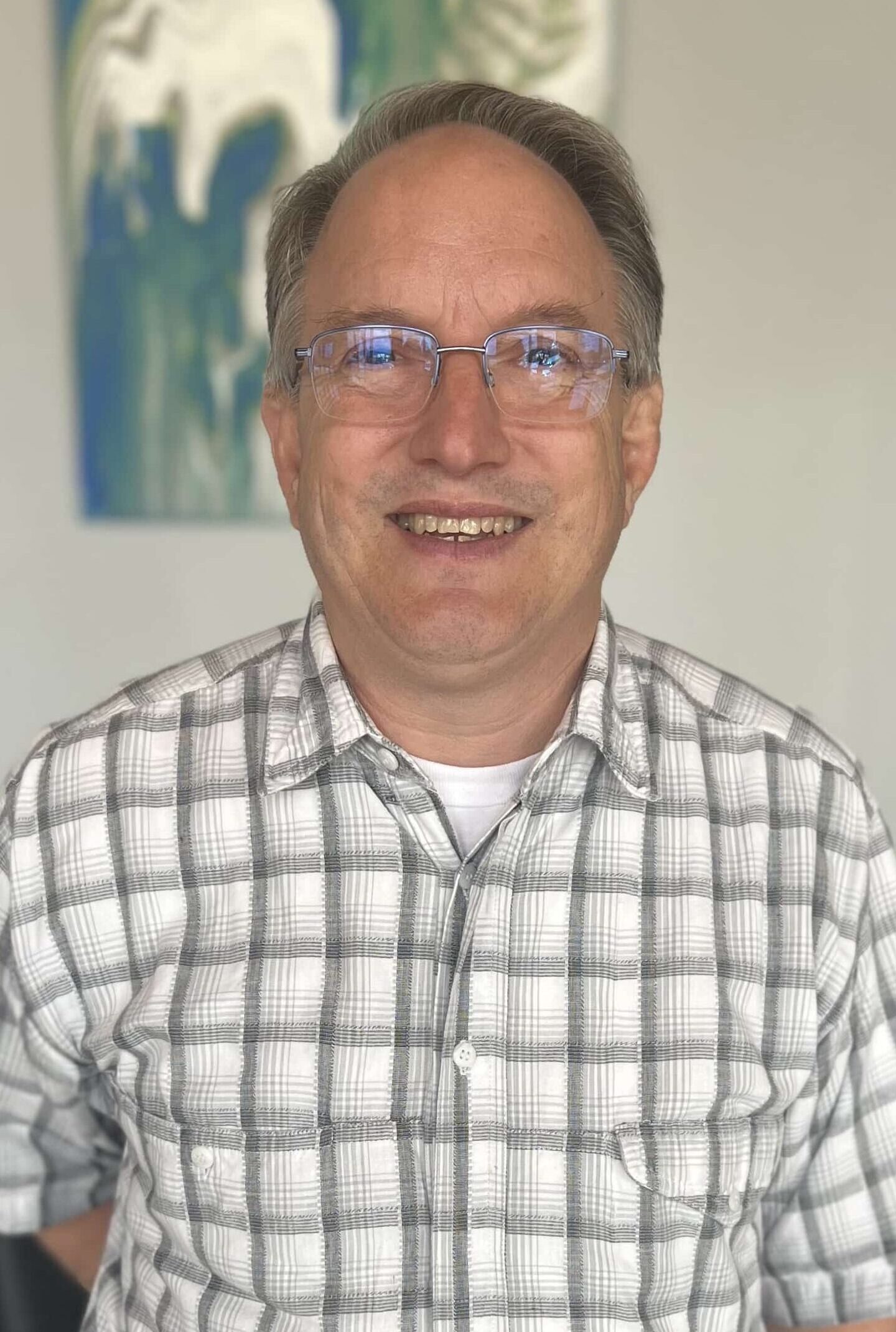 Neal’s life took a transformative turn in April 2022 when he underwent a corneal transplant, bringing newfound hope and clarity to his world. Neal, a resident of Kansas City, suffered from Fuchs Dystrophy, a progressive eye condition that clouded his vision and limited his ability to perform daily tasks. However, the transplant changed everything.
Neal’s life took a transformative turn in April 2022 when he underwent a corneal transplant, bringing newfound hope and clarity to his world. Neal, a resident of Kansas City, suffered from Fuchs Dystrophy, a progressive eye condition that clouded his vision and limited his ability to perform daily tasks. However, the transplant changed everything.
Before the surgery, Neal’s vision was gradually deteriorating, making it increasingly challenging for him to carry out his work supporting his local parish. Since the transplant, Neal’s life has been transformed. He can now see with clarity. The transplant has restored not only his vision but also his independence and livelihood.
Neal’s journey is a testament to the power of medical advancements and the generosity of eye donors and their families. The cornea transplant not only restored his sight but also granted him the opportunity to continue doing what he loves.
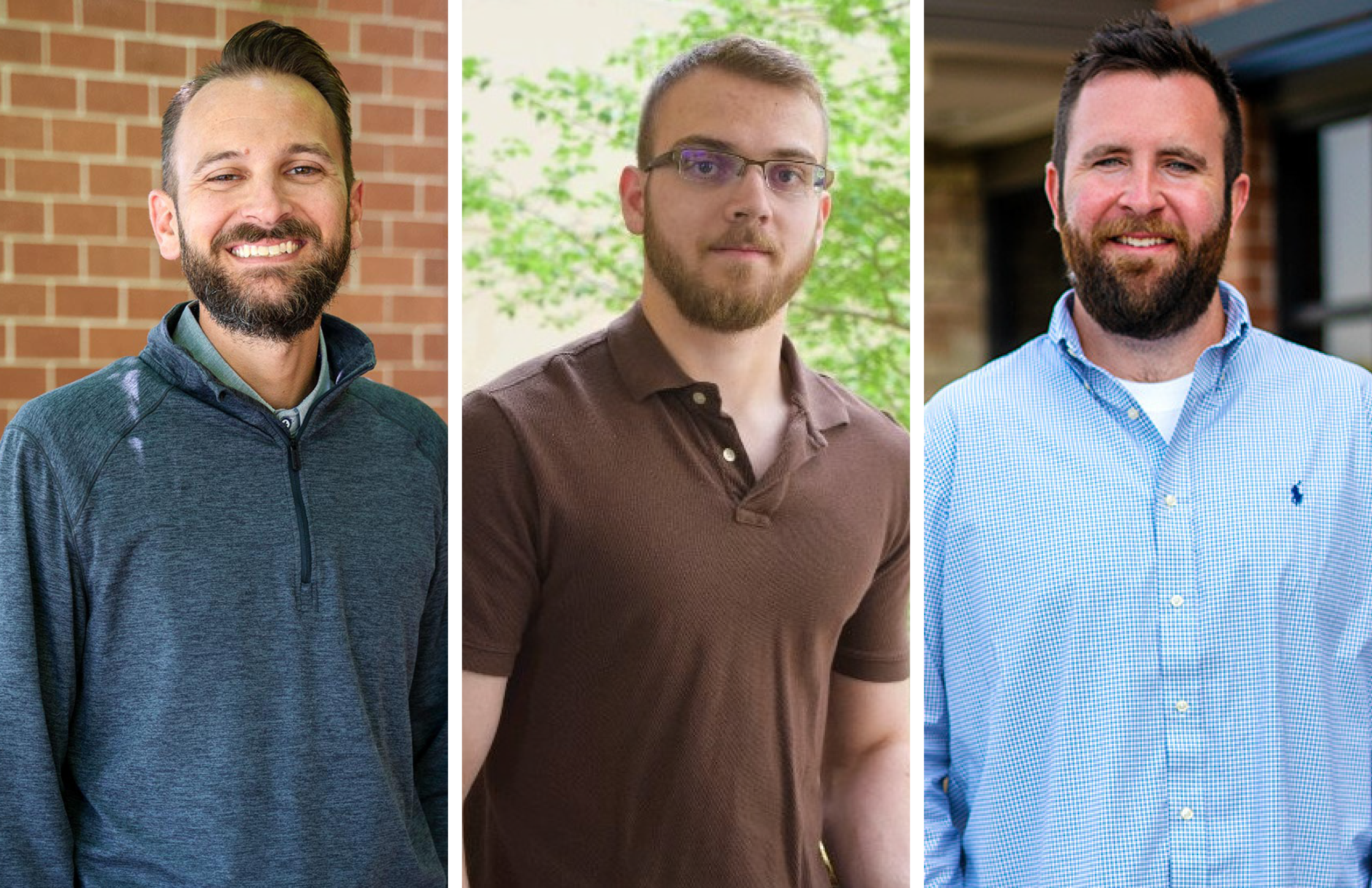
At Saving Sight, the IT department plays a crucial role in the success of the organization by providing reliable and efficient technology, cyber security training, and the knowledge to help keep the technology running. They are responsible for the support and upkeep of all technology components, while also keeping up with the latest advancements as they apply to Saving Sight. The department comprises a team of dedicated people who work together to ensure that all departments work seamlessly.
The IT Department is made up of three talented IT professionals: Brandon, Jess, and Andrew. Brandon, the Director of IT, and team leader is responsible for overseeing the database administration, vendor management, contracts, and services. He is also responsible for department employee management, project management, and application development. Jess, the IT Systems Administrator, is responsible for administering, implementing, and maintaining the security of all systems and platforms used by the organization. Andrew is the Desktop Support Technician and ensures that all equipment is functioning smoothly and efficiently day in and day out.
The day-to-day activities of the IT department are centered around problem-solving, with a mix of current projects, new projects, and individuals requiring support and ticketing assistance. The department’s role is largely reactive in responding to support tickets received. Yet it also operates proactively, staying ahead of the game and keeping up with new advancements. Documentation and content creation are important aspects of the IT department’s work, as they aim to maintain the current infrastructure and provide reliable equipment.
“Technology drives almost every process and procedure in the organization,” says Brandon, making the IT department’s role vital to the success of the mission. The department is involved at every level and works closely with other departments to ensure their technology needs are met and goals are achieved. The IT department’s goal is to act as a support system for other departments, providing technology solutions that align with their goals and strategies.
The biggest evolution in the IT department has been the shift towards data analysis and the handling of helpdesk support internally, instead of outsourcing. The IT Department enjoys the challenge of learning new things and helping people out, making the workday smoother and more productive. “If you like to solve problems, IT is the place for you,” says Brandon. They find satisfaction in finding solutions and making a difference in the organization.
In 2023, the IT department is placing a strong emphasis on cybersecurity. It is implementing policies and procedures to shore up its security foundation and conducting security training for all end-users through Ninjio, a cyber security training company. 96% of cyber attacks come from end-users, and the IT Department is making an effort to educate everyone within the organization on how to identify and report threats.
The IT department is a support system for the entire organization, providing reliable and efficient technology solutions that drive success. It is always working to stay ahead of the curve and provide the best possible services to the organization.
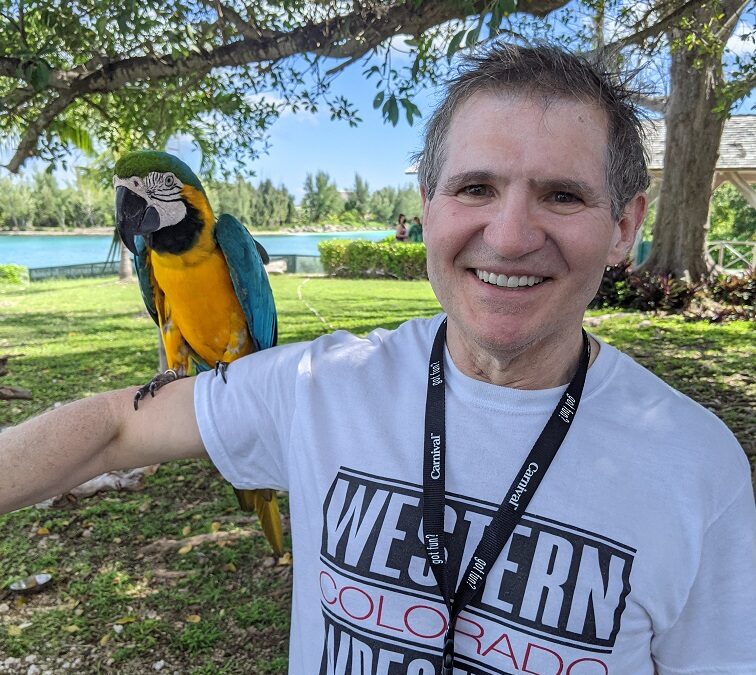
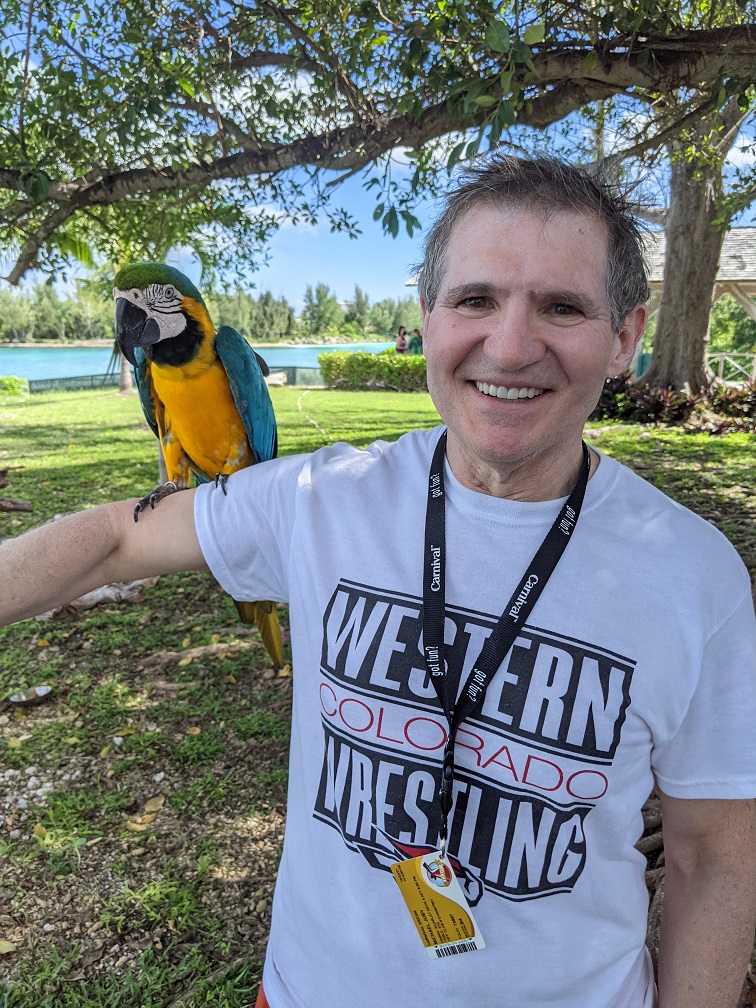 For months, Mike had been fighting an eye infection that just wouldn’t seem to go away. His eye doctor prescribed medicated drops, which seemed to help at first. However, the infection dug in deeper, and eventually, even administering the drops on an hourly basis wasn’t helping.
For months, Mike had been fighting an eye infection that just wouldn’t seem to go away. His eye doctor prescribed medicated drops, which seemed to help at first. However, the infection dug in deeper, and eventually, even administering the drops on an hourly basis wasn’t helping.
Mike spent much of 2022 battling the infection that began in April. After taking a trip to Europe in the fall, his vision became much worse. That’s when he received a consult to see Dr. Kenneth Goins at KU Eye Center. Almost immediately, Dr. Goins identified that Mike would need a corneal transplant to save his eyesight.
“I had no idea that I’d need a transplant-that was not even on my list. I was concerned because I hadn’t been able to see out of that eye for so long, and I knew the infection wasn’t responding to the treatment,” said Mike. “Frankly,I was thinking that there was a good chance that I was going to lose my sight, and it didn’t occur to me to think about a transplant.”
Immediately, Mike had questions about what it meant to be a corneal transplant recipient. Furthermore, it weighed on him knowing that his gift of sight would come from loss.
“I am fully aware that the cornea I received also means that someone lost their life, and a family and friends lost their loved one,” said Mike.“I’m deeply humbled by that and can’t really find anything adequate to say, so I will just leave it that they have my very very deepest gratitude for this gift. Without such profound generosity, I would certainly be losing my sight in that eye.”
On December 30, Mike underwent a corneal transplant procedure to save his sight. While he is still healing from the procedure and gradually regaining vision, his outlook is bright.As a CPA, an active member of his community, and a retired high school wrestling coach, Mike is looking forward to putting his new view to good use. He hopes to spend 2023 in partial retirement, enjoying more of his favorite activities, like scuba diving and traveling.
“It very much meant the world to me. I really had resigned to myself and was thinking about what it was going to be like to live with one eye,” said Mike.“I kept trying to comfort myself that, ‘you can still see with one eye; you can still make things work with one eye.’ But now, with this gift,I may not have to do that.”

As a funeral director, Diantha worked closely with the eye donation process for many years in her family’s funeral home. She often spoke with families whose loved ones had chosen to give the gift of sight, and therefore was very familiar with Saving Sight and its mission. As a proponent of donation, she’d often discussed the donation process with individuals when pre-planning a funeral. Diantha never guessed that years later, she’d benefit from the gifts of two eye donors.
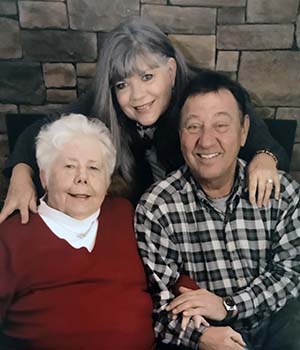
Diantha, in the middle, pictured with her mother and husband.
During a regular eye exam in April 2021, she learned that she would need cataract surgery and had a hereditary eye disease called Fuchs’ dystrophy. For patients with Fuchs’, fluid builds up in the cornea, causing it to swell and thicken. Over time, this can lead to corneal blindness, discomfort, and pain. Diantha’s eye doctor informed her that the disease would likely progress and scheduled her to come back in a year.
Over the next year, her vision continued to degrade to the point where she could barely read and could no longer drive at night.
“The scariest incident I had was while driving alone from Atlanta, GA, to St. Louis,” Diantha recounts. “I miscalculated my time and the weather, and it was starting to get dark before I reached my niece’s hotel room in St. Louis. I literally could barely see road signs, and the car lights were blinding me, so I pulled off the nearest exit, pulled into a convenience store, and called my niece to come get me. I knew it was time to do something.”
In August 2022, Diantha underwent two consecutive corneal transplant surgeries to restore her vision. Both surgeries were successful in restoring her sight. Today, Diantha has resumed her normal day-to-day activities, including driving, reading, and enjoying the beauty in nature that had become a blur. The gifts that two cornea donors and their families gave are precious to her.
“Helping others is very important in life and very rewarding,” said Diantha. “Donation is such a gift to receive, but just as important, the donor family receives the gift of knowing someone has been helped through their donation.”
Since 1991, Dr. Ukeme Umana of Marion Eye Center has made annual humanitarian trips to Nigeria, providing much-needed eye care, and performing sight-saving surgeries. Most recently, Dr. Umana traveled to Nigeria in October 2022. During this trip, he saw many patients who normally would not have access to eye care and was able to perform cataract surgeries and several corneal transplants.
“In 2013, I started offering corneal transplants in addition to other surgeries,” recounts Dr. Umana. “People come from all over the country because there is no eye bank in Nigeria.”
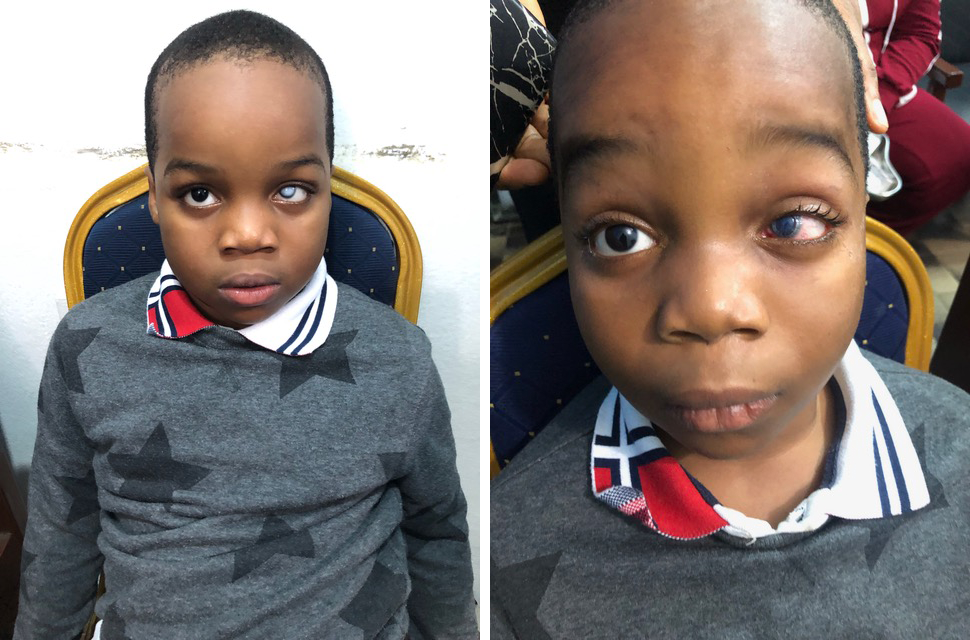
This 5-year-old patient had scarring on his cornea and received a transplant to restore his sight.
Since that time, there has been a steady need for his services. Patients range in age and travel far to receive the sought-after care that Dr. Umana and the other volunteer doctors provide. During this most recent trip, Dr. Umana was able to help restore sight to a 7-year-old who needed cataract surgery and saw a variety of cases that resulted from infection and limited access to vision care.
For years, Saving Sight has provided Dr. Umana with tissue for his mission work, and during this most recent mission trip was the sole source of tissue. Dr. Umana’s work to reach underserved areas of the world like Nigeria extends Saving Sight’s mission beyond our local service area.
During his trips abroad, Dr. Umana also focuses on training local physicians as there is a shortage of doctors specializing in corneal transplantation. While time is short and the need is great, every opportunity to teach others is valuable and precious.
Dr. Umana expects that he will return to Nigeria again in the spring of 2023.
Sign up below to receive Saving Sight’s quarterly round-up of industry news straight to your inbox. We will never share your information with third parties and you may unsubscribe at any time.